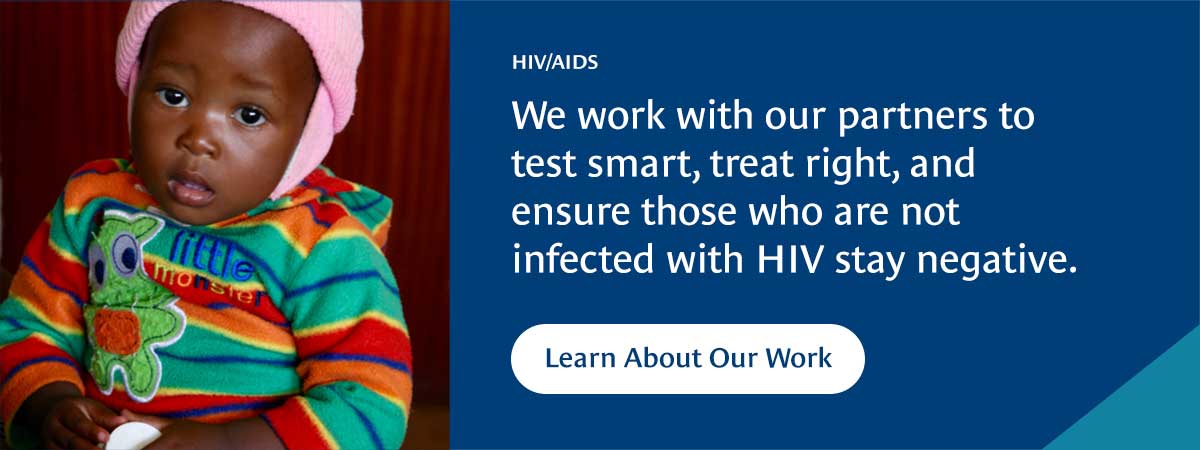In 2021, an adolescent girl or young woman acquired HIV every two minutes. With 1.5 million new HIV infections globally in 2021 (one million more than the 2020 UNAIDS target), there is an urgent need for transformation in HIV prevention, including through increased access to highly-effective prevention tools such as injectable pre-exposure prophylaxis (PrEP). While daily oral PrEP is effective at preventing HIV, impact at scale has been limited and many populations, including high-risk groups such as adolescent girls and young women, men who have sex with men and sex workers, face challenges using oral PrEP due to pill burden and stigma, among other factors.
Following successful efficacy trials, the World Health Organization (WHO) recommended long-acting injectable cabotegravir (CAB-LA) as an additional prevention option. CAB-LA has been approved in the US, Australia, Zimbabwe, and South Africa, with other reviews ongoing. As an injectable PrEP option, CAB-LA offers discreet, highly effective protection that does not require daily dosing. However, questions remain about CAB-LA’s potential cost-effectiveness, epidemic impact, and risk of resistance. To address these evidence gaps, health experts from the HIV Modelling Consortium, University College London, WHO, and CHAI, among other organizations, conducted a modeling analysis, simulating CAB-LA introduction across 1000 setting-scenarios that reflect the current HIV epidemic in sub-Saharan Africa. Modeling showed CAB-LA has the potential to significantly reduce HIV incidence. In addition, as a highly effective prevention option, the benefits of CAB-LA are projected to outweigh risks associated with increased drug resistance, with overall reductions in AIDS deaths across 99 percent of setting-scenarios with standard antibody-based PrEP testing algorithms. Finally, under the model’s assumptions of risk-informed use, CAB-LA is predicted to be cost-effective in most setting-scenarios.
These results address critical evidence gaps for governments, donors, and other stakeholders seeking to understand the potential impact and cost-effectiveness of CAB-LA and plan for rollout. As part of a growing portfolio of prevention interventions, CAB-LA offers a crucial opportunity to significantly reduce rates of new HIV infections and transform the HIV prevention landscape.






